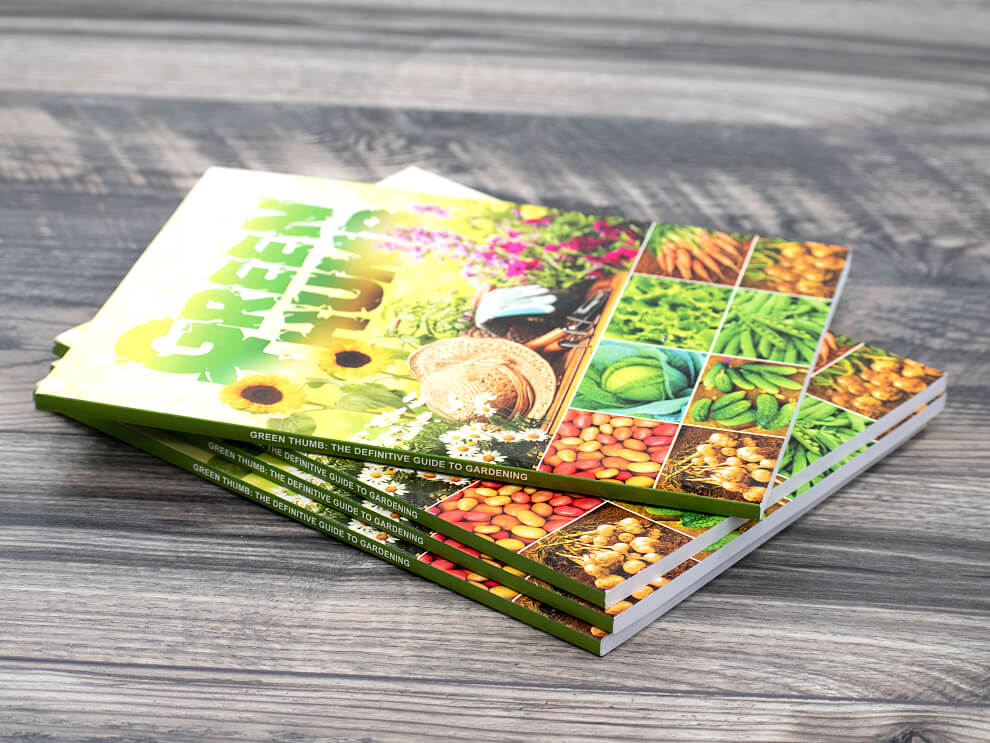
Book printing-How does pre-press design reduce printing costs?

How to reduce the cost of book printing is a concern of every publishing worker. As the professional printers in China, should be proficient in plate making, printing technology, book printing labor price standards, how to design and make the custom printing China, and understand the specifications and performance of paper and related printing plants. Production capacity. In the printing work, according to the production capacity of the printing plant, the plate-making printing process and the selection of paper materials should be reasonably arranged to reduce the cost of books and then produce the cheap book printing China.
If the format selection is unreasonable, margins will increase and the effective use of paper will decrease. Books with more short lines, such as a collection of poems in horizontal rows, use a 32-format book, with a lot of blanks in the cut and order, and use more paper. If you use a long and narrow 36 format, you can save paper. If the format is too small, the number of folds and the loss of smooth edge materials will also be greater. In order to facilitate printing, try to avoid or use less irregular format, which can reduce printing costs.
Paper materials account for a large proportion of book costs, accounting for more than 40%. Therefore, the rational selection of paper materials is an important aspect of reducing the cost of books. For the same type of paper, the heavier the gram, the higher the price. The weight of the text paper increases, and the thickness of the spine also thickens. Sometimes it is necessary to adjust the gram weight and opening number of the cover paper, which will produce a series of ties. Often increases the cost of paper. Careful selection of paper materials, such as printing a relatively fine screen version with ordinary paper, will make the layout blurred, all ineffective, and cause waste.
Binding form and layout design. When designing a text manuscript, the size of the text, the density of the lines, the width of the blanks around, the occupied and empty lines of the title, etc., are all related to the cost of the book. For example, if a book is a normal 32-format book, the original design is horizontally arranged in size 5, with 26 characters on each side x 25 lines = 650 characters, with 5/8 lines between lines, and a 240,000-word manuscript requires a total of 370 pages; if the layout is changed It is 26 words X27 rows = 702 words, with 1/2 space between the rows, only 342 sides are required; there is a difference of 28 sides between the two specifications.
In terms of the number of editions, paper, and binding, we may reduce the cost of books. Of course, it does not mean that the denser the layout, the better. For example, for children’s books, the words should not be too small and the line spacing should not be too narrow; it means that paper materials should be saved as much as possible to reduce the cost of the book under the premise of adapting to the content of the manuscript and the readers. . Reasonably determine the cover size. When designing the cover, it is necessary to design the book according to the size of the finished book, the thickness of the spine and the size of the strangulation.
When designing the size of the streak, generally, the streak can be made slightly larger without wasting paper to facilitate printing, most of which are above 30mm. However, some cover designers do not understand the paper specifications, number of openings and the performance of the printing machine. When designing the cover, they do not fix the size of the flap at will according to the number of paper openings. After making the plate, they often do not meet the requirements of the opening number of the paper specifications and cause waste. , Now most book covers need to be laminated after printing, which increases the cost of the laminated film.
Finishing materials. When selecting materials for hardcover covers, the use of leather, cotton, linen, silk, wool and other fabrics should be controlled, and tough paper, varnished paper or varnished cloth should be used as much as possible. Except for special needs, try to avoid using real gold foil. Hot stamping materials can be replaced by anodized aluminum, color chips, etc. to reduce the cost of books.
Touch us freely to learn more about China printing service.
Posté Le : 25/08/2021
Posté par : BookPrintingInChina
Ecrit par : BookPrintingChina
Source : https://www.bookprintingchina.com/Blog/book-printing-how-does-pre-press-design-reduce-printing-costs